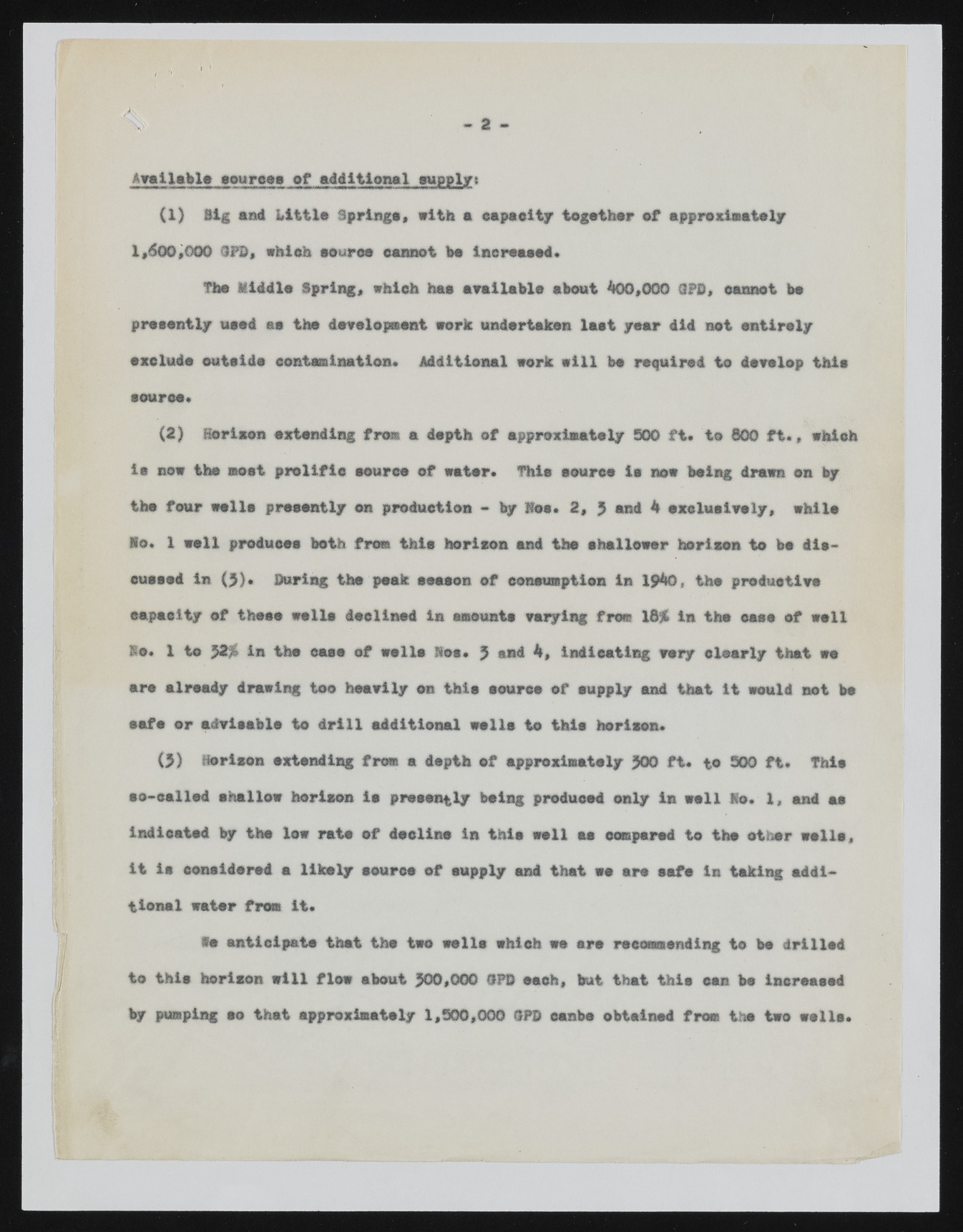Copyright & Fair-use Agreement
UNLV Special Collections provides copies of materials to facilitate private study, scholarship, or research. Material not in the public domain may be used according to fair use of copyrighted materials as defined by copyright law. Please cite us.
Please note that UNLV may not own the copyright to these materials and cannot provide permission to publish or distribute materials when UNLV is not the copyright holder. The user is solely responsible for determining the copyright status of materials and obtaining permission to use material from the copyright holder and for determining whether any permissions relating to any other rights are necessary for the intended use, and for obtaining all required permissions beyond that allowed by fair use.
Read more about our reproduction and use policy.
I agree.Information
Digital ID
Permalink
Details
More Info
Rights
Digital Provenance
Publisher
Transcription
Available sourcos o f addition al supplyt (1) Big and Little Springe* with a capacity together of approximately 1,60Q,0QQ 3FD, which eeurew cannot bo increased. The Middle Spring, which hae available about 400,000 3?D, oannot be procent1/ ueed as the development work undertaken last jeer did not entirely exclude outside contamination. Additional work sill be required to develop this source. (2) Horlson extending from a depth of approximately 500 ft. to 800 ft., which la now the most prolifla aourea of water. Thie aoureo la now bolng drawn on by thw four welle presently on production - by Nos. 2, 5 and k exclusively, while *o. 1 sell produces both from this horlson and the shallower horlson to bo discussed in (5). During the peak season of consumption in 1940, the productive capacity of these welle declined in amounts varying fro* 16£ in the case of well Bo. 1 to 52$ in the case of walla Nos. 5 and 4, indicating vary eloarly that we are already drawing too heavily on thla aoureo of supply and that it would not be safe or adviaablo to drill additional walla to this horlson. ($) Horlson oxtending fron a depth of approxlnatoly 500 ft. to 500 ft. Thie so-called shallow horlson la presently being produoed only In well No. 1, and as indicated by the low rate of decline in thie well aa 00mpcred to the other wells, it is considered a likely source of supply and that wo are safe in taking additional wator fron it. *e anticipate that the two wells which we are recommending to be drilled to this horlson will flow about 500*000 3 PD each, but that this can be increased by pumping so that approximately 1,500,000 OPD eanbe obtained from the two wells.

